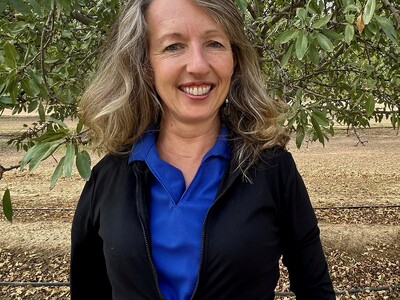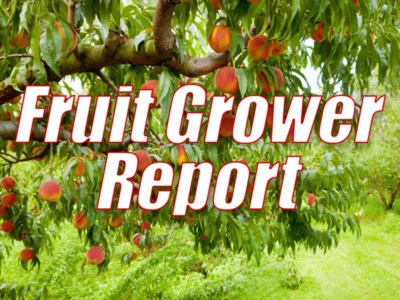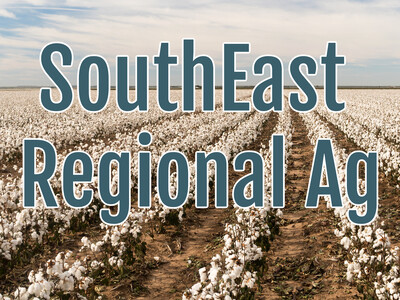Sheep genomes
A University of Idaho-led project will define how different genomes determine the unique qualities of popular domestic sheep breeds and Rocky Mountain bighorn sheep.The mechanisms by which genomes have adapted in environments to produce a diversity of observable traits is a focus of the study. Some of the different domestic sheep include Suffolk, East Friesian, Navajo Churro, St. Croix, Awassi, Merino, and Polypay, a breed that was developed in Idaho in the 1960s.
U of I animal scientist Brenda Murdoch will lead the $500,000 study funded by the U.S. Department of Agriculture National Institute of Food and Agriculture. She is an associate professor in the College of Agricultural and Life Sciences’ Animal, Veterinary and Food Sciences Department.
The research will provide basic genetic data that will increase understanding of how genomes result in different biological traits and empower scientists to more effectively predict the physiological outcomes for improved breeding strategies.
The future uses may help ranchers assess their herds to identify the most productive and disease-free animals and decide which to keep and which to send to market.
Murdoch’s collaborators will include researchers from USDA Agricultural Research Service, Utah State University, New Zealand AgResearch, and the Roslin Institute in Edinburgh, Scotland
The team chose the sheep breeds for the economic value of their diverse biological traits, Murdoch said. Some such as the bighorn and St. Croix draw recognition worldwide for their esthetic appeal and for their susceptibility and resistance to disease and parasites. Others were selected for their excellence in more commercial biological traits such as milking, meat and fiber. Finally, some sheep where selected because something in their genome allows them to thrive in hot and desert conditions.
The project reflects a new strategy for mapping the variation of genomes in a species’ “pangenome,” its complete genomic catalog with it associated biological traits. Called trio binning, the method defines the two parents’ unique contributions to the offspring.
Each parent contributes half of its genome to the offspring, and the offspring represents both of the parental genomes. The researchers will take the offspring to analyze their genetic sequences and the parents’ contributions.
Through increasingly common technology, scientists can readily sequence genes to predict a plant or animal’s vulnerability to diseases, its productivity, and other characteristics.
The pangenome project will give researchers a more panoramic view of the genetic traits that make sheep what they are.
Genes form the building blocks of the traits that make species from sheep to humans, but often it is how many genes work together that determines how organisms survive.
The potential payoffs are diverse. They range from finding ways to increase the survival of wild bighorn sheep by identifying individuals that are less susceptible to pneumonia to strategies to maximize profits by better matching domestic sheep flocks to range conditions.













